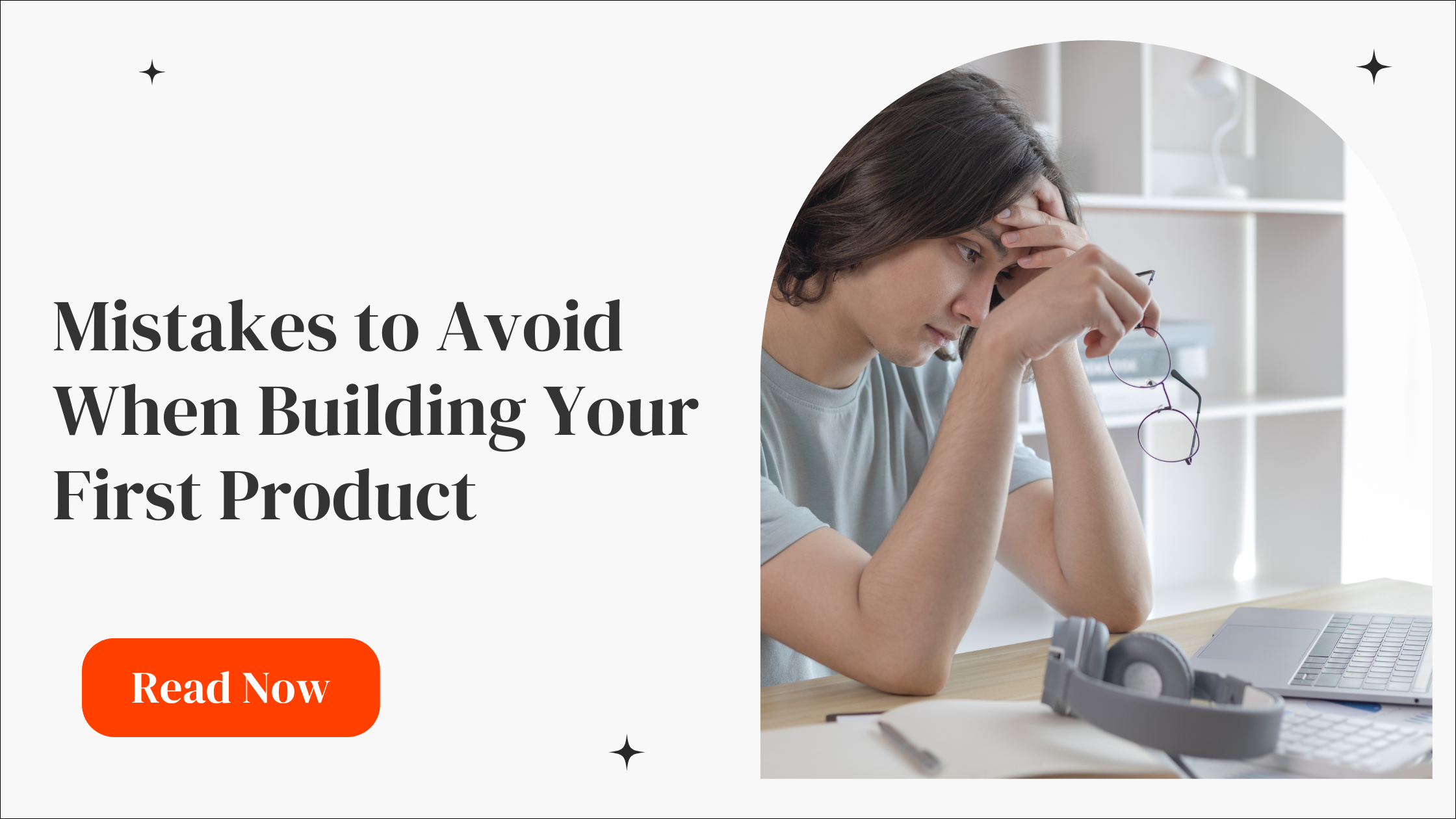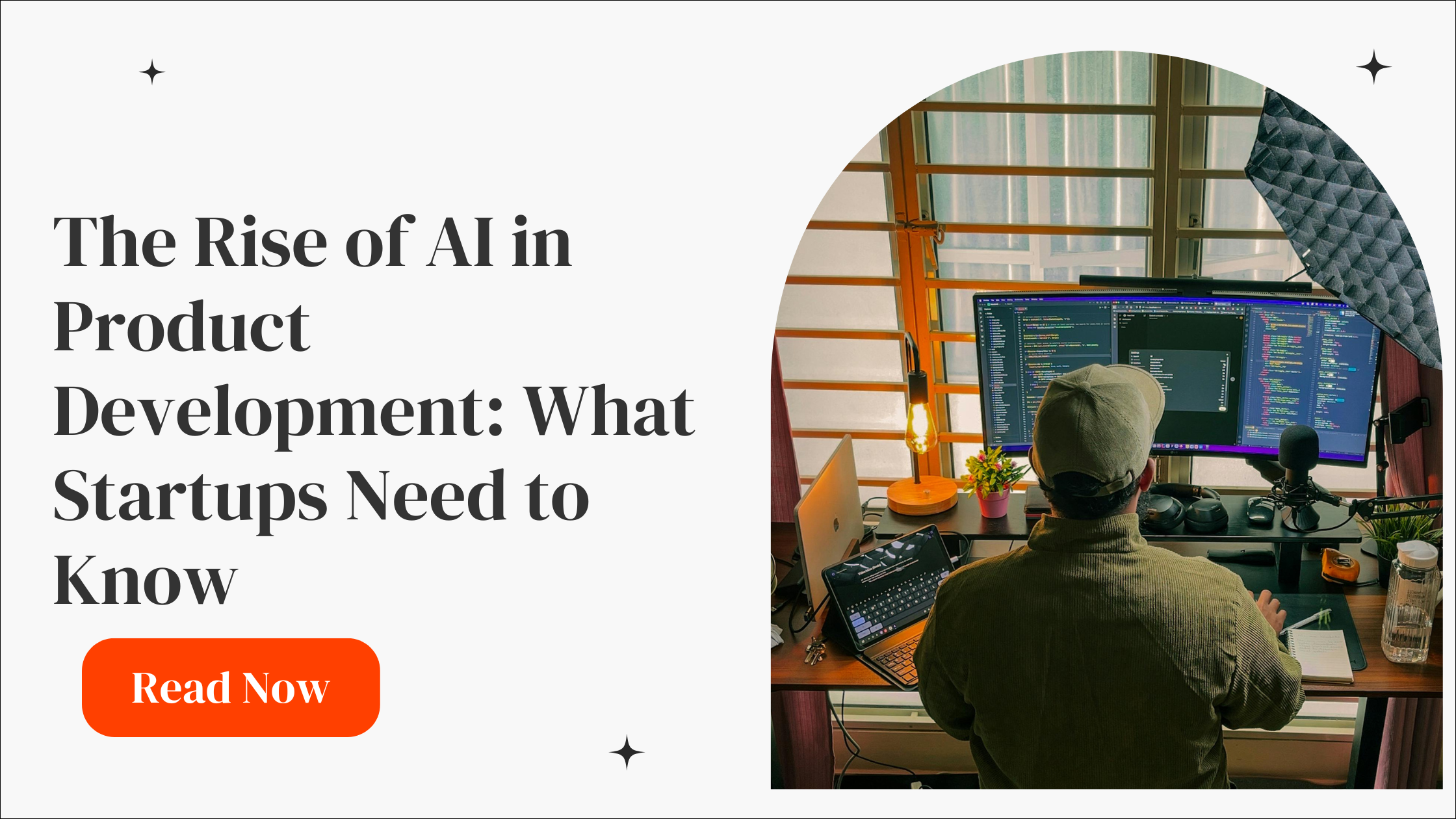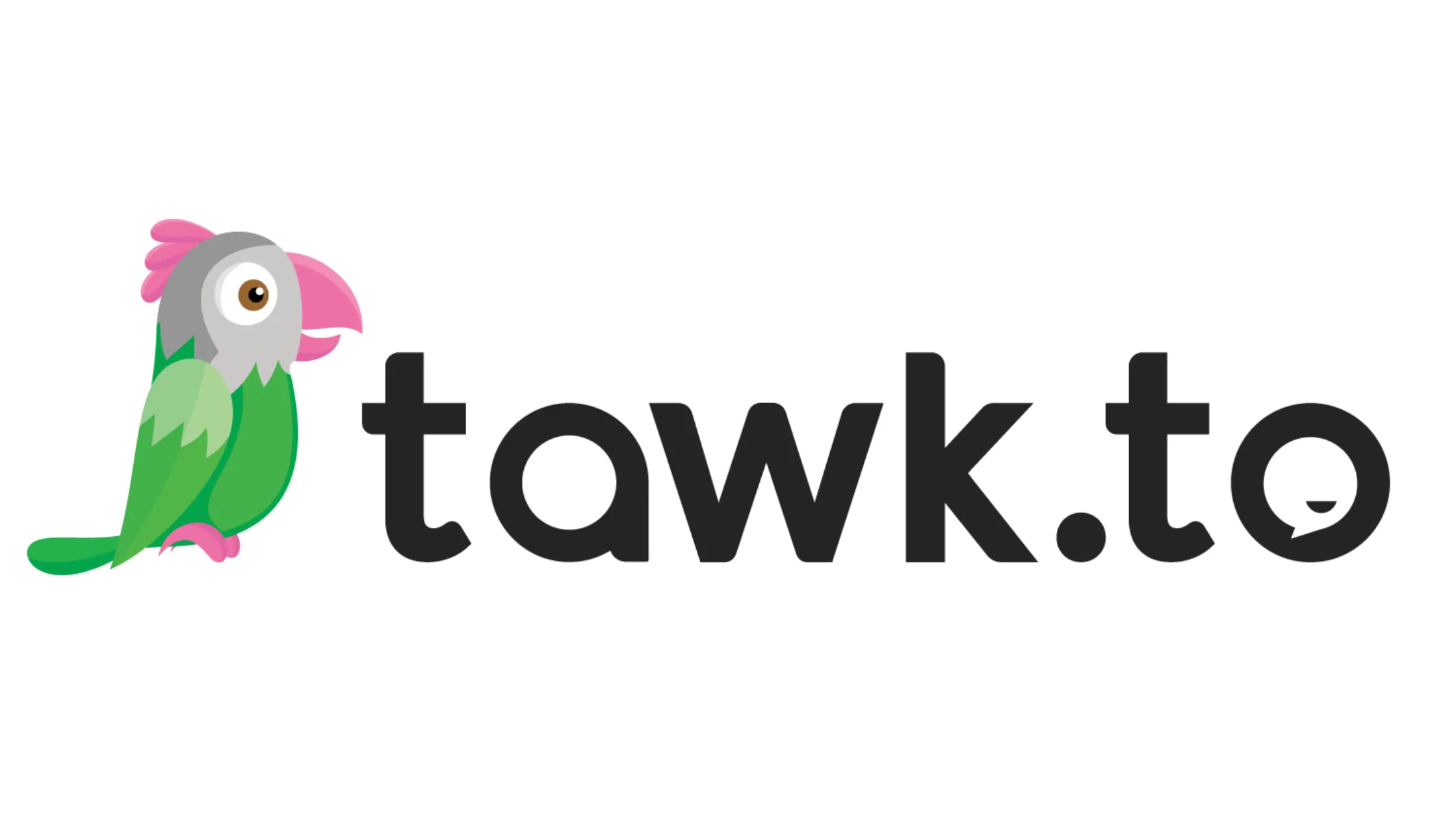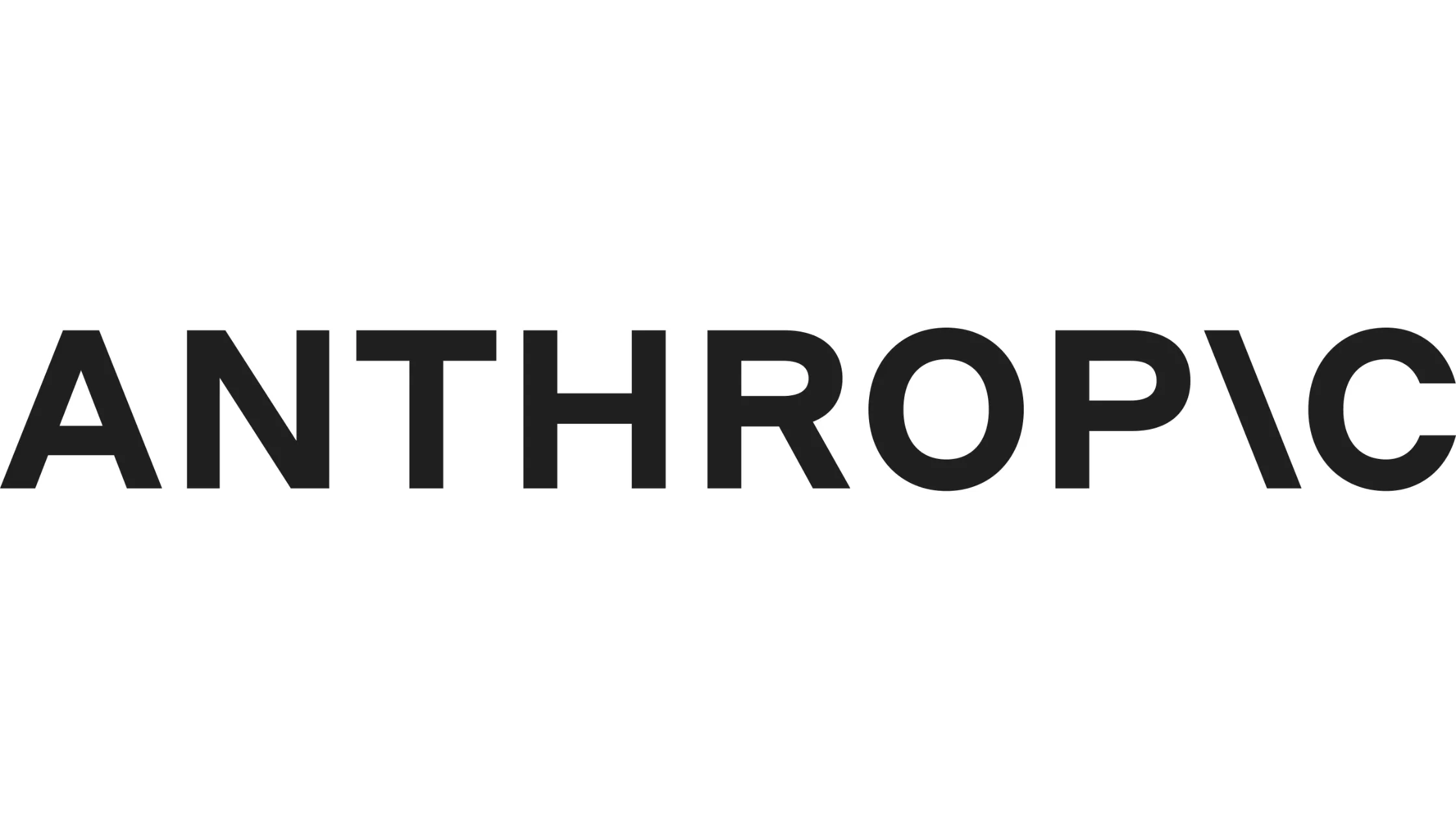
What is Product Design?
Learn how product design can elevate your startup’s success by focusing on usability, scalability, and customer feedback. Start strong with these essential tips
As a startup founder, getting your product design right can be the difference between skyrocketing growth and a complete flop. I’ve been there—whether it’s launching an MVP at Horizon Labs or working on our own startup projects, I know firsthand the challenges you face. But here’s the good news: you don’t need to be an expert designer or spend a fortune to make your product shine. In this guide, we’ll break down product design from a startup founder's perspective, especially for those who are just starting out. Let’s make sure you’re set up to build efficiently, save costs, and avoid the common pitfalls that early-stage startups often encounter.
What is Product Design for Startups?
Product design isn’t just about making things look pretty. It’s about how your product functions, how users interact with it, and ultimately, how it solves a real problem. At Horizon Labs, we define product design as the process of planning and creating a solution that meets the needs of your customers—whether that’s through an app, a website, or any other type of software.
But it’s easy to get lost in the technical details and forget that good design should always be user-centered. A well-designed product means users can easily figure out how to use it without constant guidance. As a founder, you want to make sure your design keeps the customer at the center of every decision.
Why Product Design Matters in the Early Stages
Your First Impression is Everything
In the early stages of your startup, you’re fighting for every customer’s attention. Your product is often the first point of interaction, and its design will either hook them in or push them away. A confusing layout, clunky buttons, or a bad user experience (UX) could cost you a potential customer before they even understand the value of your solution.
Key Elements of Successful Product Design
User Experience (UX)
The UX is the foundation of your product design. It focuses on how easy and intuitive it is for users to achieve their goals with your product. For example, at Horizon Labs, we’ve helped companies like Flair Labs (YC S22) develop products where UX was central to their strategy. Their voice AI agent needed to provide quick, seamless interactions, which we ensured by focusing on flow, feedback, and efficiency.
Here’s how to think about UX:
- Understand the user journey: Map out how users will interact with your product from start to finish.
- Reduce friction: Eliminate anything that makes the experience harder or slower.
- Iterate quickly: Regularly gather feedback and tweak the design as needed.
User Interface (UI)
UI is all about the visual aspect—the look and feel of your product. But remember, form follows function. A slick design doesn’t mean much if it’s not usable. Consider color schemes, fonts, and how elements are laid out on the screen. At Horizon Labs, we emphasize clean, minimalistic designs that help guide users rather than overwhelm them.
Prototyping
Before you go all-in on development, it’s crucial to prototype. A prototype is an early model of your product that allows you to test key design concepts without building the entire thing. This is something we focus heavily on at Horizon Labs, particularly for startups with limited budgets. By building a low-fidelity prototype, you can:
- Test ideas quickly: See if users like your design before fully committing.
- Save costs: Catch design issues early, before they become expensive problems.
- Gather user feedback: Get real user input to validate your design decisions.
Common Product Design Pitfalls for Founders to Avoid
Overcomplicating the Design
It’s easy to get caught up in adding every possible feature, but this can lead to a bloated product that confuses users. Stick to the essentials—solve one or two key problems well before you expand. A lot of founders we’ve worked with at Horizon Labs initially think they need every feature under the sun, but we help them focus on simplicity first.
Ignoring User Feedback
Many founders fall into the trap of designing for themselves instead of their users. Remember, you’re not the one who will be using the product—your customers are. Collect feedback early and often. This is where prototyping really shines, as it allows you to test your assumptions with real users before moving forward.
Failing to Iterate
Your first design won’t be perfect, and that’s okay. What matters is that you’re willing to adapt and make improvements based on feedback and data. At Horizon Labs, we encourage iterative design. For example, we worked closely with Yura Health to build their MVP. By constantly refining the UX based on user feedback, we were able to create a more intuitive product that their customers loved.
The Role of a Product Development Partner in Product Design
As a startup, your resources are limited. You likely don’t have a full-time designer, let alone a team of them. This is where partnering with a product development agency can make all the difference. At Horizon Labs, we offer not just technical expertise, but strategic guidance. We work with founders to:
- Define product requirements: We help you figure out what features are necessary and which ones can wait.
- Design user-centered products: Our team prioritizes the user experience to ensure your product is easy to use.
- Build and iterate efficiently: With our experience building MVPs and prototypes, we help you move from idea to launch faster without cutting corners.
The Product Design Process for Startups
Step 1 - Research and Discovery
Every great product starts with understanding your user. This phase involves gathering information about your target market, competitors, and the problems you're solving. In this step, you'll define user personas, conduct market research, and identify the core needs of your audience.
At Horizon Labs, we often recommend startups conduct lightweight user research before jumping into design. Even a few conversations with potential users can provide critical insights that guide your design decisions. For example, when we worked with Kidsy, we talked to a number of parents about their struggles finding baby products, which shaped the direction of the marketplace platform we eventually built.
Step 2 - Wireframing and Prototyping
Once you've completed the research, it’s time to sketch out your ideas. This step is often overlooked by startups eager to jump into development, but taking the time to wireframe your product is essential. Wireframes are simple blueprints that map out the structure of your product—how different screens and features will interact.
At Horizon Labs, we typically start with low-fidelity wireframes, which are simple black-and-white layouts. These allow us to quickly test different structures and flows without worrying about the finer details like color or fonts. Once the wireframe is approved, we move into prototyping. A prototype is essentially a clickable version of your product that simulates the user experience without needing full development.
Prototyping is where you can start gathering early feedback from users. It’s critical to show your prototype to real users and get their input. This helps you refine the design before you invest significant time and money into development.
Step 3 - UI Design and Branding
Once your prototype is validated, it’s time to focus on the user interface (UI) and branding. This step is where your product starts to take shape visually. You'll decide on color schemes, typography, imagery, and other design elements that will make your product stand out. Branding is not just about aesthetics—it's about creating a consistent, memorable identity for your product.
At Horizon Labs, we always emphasize that UI design should support the product’s functionality. While it’s tempting to go for flashy, trendy designs, it’s essential to prioritize usability. We helped Bloom (YC W21) with their fintech platform by focusing on a clean, intuitive UI that didn’t overwhelm users but guided them through the app’s functionality seamlessly.
Step 4 - Development and Testing
Once the design is finalized, it’s time for development. At Horizon Labs, we specialize in bridging the gap between design and development. Our engineering team ensures that the product you envisioned is brought to life exactly as planned—on time and on budget. This phase also includes thorough testing to ensure the product works as intended and provides a great user experience.
We recommend startups adopt an iterative approach during this phase. This means launching with a minimum viable product (MVP), gathering feedback, and continuously improving the product over time. For instance, when we worked with Arketa (YC S20), we containerized their codebase and set up preview environments in Google Cloud. This allowed their team to test updates quickly and roll out improvements efficiently.
Step 5 - Post-Launch Iteration
The launch of your product is just the beginning. Once your product is out in the world, you’ll need to continuously gather feedback, monitor performance, and make iterative improvements. Your first version will never be perfect, and that’s okay. The key is to stay flexible and be ready to adapt based on real-world user behavior.
At Horizon Labs, we take pride in supporting our clients through post-launch iterations. We provide ongoing engineering support, ensuring that as your product scales, it continues to meet your customers' needs. For instance, when we worked with Flair Labs (YC S22), we helped their voice AI agents evolve based on feedback from early users, ensuring their product remained relevant and valuable as they scaled.
Product Design Tools Every Startup Founder Should Know
To design efficiently, you’ll need to use the right tools. Fortunately, there are many affordable or free options that can help you create great designs without breaking the bank.
Here are a few tools we often recommend to startups:
- Figma: A collaborative design tool that’s perfect for wireframing, prototyping, and UI design. Its real-time collaboration features make it ideal for remote teams.
- Sketch: Another popular tool for UI and UX design. While it’s Mac-only, it’s powerful and offers a wide range of integrations.
- InVision: A prototyping tool that allows you to create interactive mockups and share them with stakeholders for feedback.
- Balsamiq: Great for quickly sketching out wireframes. It’s lightweight and easy to use, making it ideal for early-stage designs.
- Marvel: A simple prototyping tool that’s easy to use and integrates with other design tools like Sketch.
At Horizon Labs, we frequently use Figma for its versatility and collaborative features. It allows us to share designs with our clients in real-time, gather feedback, and make adjustments on the fly.
How Horizon-Labs.co Can Help with Product Design
Whether you're building a new healthtech app or an e-commerce platform, designing a product that resonates with users is crucial. At Horizon Labs, we’ve worked with startups across a wide range of industries, from marketplaces like Rarewaters to healthtech solutions like Yura Health. Our approach focuses on rapid prototyping, gathering user feedback, and creating intuitive designs that support your business goals.
Need a product development partner that understands startups? Reach out to Horizon Labs for a free consultation by emailing info@horizon-labs.co or scheduling a call at https://www.horizon-labs.co/contact. We’re ready to help you build your tech better, faster, and more cost-effectively than the competition.
Frequently Asked Questions (FAQs) about Product Design:
Q: What are the most important principles of product design?
A: The most important principles of product design include usability, simplicity, and consistency. Usability ensures the product is intuitive for users to navigate. Simplicity means cutting out unnecessary features and focusing on solving the core problem. Consistency refers to maintaining a uniform experience across all parts of the product, from interface elements to user flows, so that users can predict how to interact with it.
Q: How long should the product design process take for a startup?
A: The product design process can vary depending on the complexity of your product, but for a startup, it's typically a fast-moving, iterative process. An initial MVP design can take anywhere from 4-8 weeks. However, design isn’t a one-time task—it's ongoing, with regular iterations based on user feedback and evolving needs. Startups should focus on quick cycles of design, test, and improvement rather than aiming for perfection from the beginning.
Q: Should I hire a dedicated product designer, or can I manage with an external agency?
A: It depends on your budget and stage of development. Early-stage startups often benefit from partnering with external agencies like Horizon Labs, which can provide access to experienced designers without the overhead of hiring a full-time employee. This approach allows you to tap into specialized skills and iterate quickly. Once your product gains traction, you might consider bringing in a dedicated designer to work alongside your team.
Q: How does product design impact user acquisition and retention?
A: Product design plays a critical role in both acquiring and retaining users. A well-designed product creates a strong first impression, making it easier to attract users. Beyond that, design elements like intuitive navigation, aesthetic appeal, and responsive interaction are essential for keeping users engaged. A poor design can frustrate users and lead to high churn rates, while a seamless design encourages ongoing use and loyalty.
Q: What’s the difference between UI and UX in product design?
A: UI (User Interface) focuses on the visual elements of the product—what the user sees and interacts with, such as buttons, color schemes, and typography. UX (User Experience), on the other hand, focuses on how the user feels when interacting with the product. UX includes the overall flow, the ease of navigation, and how well the product solves the user’s problem. UI is part of the UX, but UX encompasses a broader scope, including functionality and satisfaction.
Q: How do I know if my product design is successful?
A: A successful product design is one that solves the user’s problem effectively and efficiently. You’ll know your design is working well if users can easily navigate your product, achieve their goals with minimal friction, and give positive feedback. Success can also be measured through metrics such as user retention, task completion rates, and the number of support requests related to usability issues. It’s essential to continuously test and gather feedback to keep improving.
Q: Is it necessary to prototype before developing the product?
A: Yes, prototyping is a crucial step in product design, especially for startups. A prototype allows you to validate your design and test user interactions before you invest in full-scale development. This helps you identify potential problems early on and gather user feedback without spending too much time or money on a fully developed product. Prototyping can significantly reduce risks and save costs in the long run.
Q: What’s the role of branding in product design?
A: Branding is an integral part of product design because it creates the identity and personality of your product. Consistent branding—through colors, logos, typography, and messaging—helps differentiate your product in the market and build trust with users. A well-branded product creates a cohesive experience that aligns with the user’s expectations and reinforces the values and mission of your startup.
Q: What role does user research play in product design?
A: User research is critical in product design because it helps you understand the needs, behaviors, and pain points of your target audience. By gathering insights through interviews, surveys, or observation, you can tailor your design to solve real problems effectively. Without proper user research, you risk building a product that doesn’t resonate with users, leading to wasted resources and potential failure. It's especially important for startups, where missteps can be costly.
Q: How can product design help with scalability as my startup grows?
A: Scalable product design ensures that as your user base grows, your product can handle the increased demand without sacrificing user experience. This involves designing flexible systems, modular interfaces, and ensuring that the product’s architecture can accommodate future features and more complex user flows. Startups should avoid overly complex designs in the early stages, but plan for expansion by making sure their design can adapt as the business scales.
Q: Should I prioritize aesthetics or functionality in product design?
A: While both aesthetics and functionality are important, functionality should always come first. A product that looks beautiful but is hard to use won’t retain users. However, a functional product that’s also visually appealing can enhance the user experience and build brand trust. The key is finding a balance—prioritize usability, but don’t neglect aesthetics. A clean, simple design can often do both well without overwhelming users.
Q: How can I gather feedback on my product design without a large user base?
A: You don’t need a large user base to gather valuable feedback. Start by testing your design with friends, colleagues, or a small group of potential users. Even five to ten users can provide critical insights. If your budget allows, you can also use tools like UserTesting or recruit participants from social media or startup communities. Early-stage feedback helps you refine your design and make necessary adjustments before scaling.
Q: How often should I revisit and update my product design?
A: Product design is an ongoing process, and it's essential to revisit your design regularly. Ideally, you should collect user feedback continuously and update the design whenever you identify usability issues or when your product evolves. Major updates might coincide with new feature launches, but even small iterative improvements can make a big difference in user satisfaction. Regularly reviewing analytics, user feedback, and competitor designs can help you stay ahead.
Q: How can I design for different devices and screen sizes?
A: Designing for different devices and screen sizes is known as responsive design, and it’s crucial in today’s mobile-first world. The key is to ensure that your product provides a seamless experience across desktops, tablets, and smartphones. This involves creating flexible layouts, using scalable images, and optimizing for different input methods (e.g., touch versus click). Tools like Figma or Sketch offer responsive design features that allow you to preview how your design will look across devices.
Q: What is a design system, and should my startup use one?
A: A design system is a collection of reusable components, guidelines, and best practices that ensure consistency across your product’s design. For startups, implementing a design system early can save time and effort as your team grows and your product expands. It creates a unified look and feel, making it easier to maintain your product over time. It’s especially valuable if you’re working with multiple designers or developers, ensuring everyone is on the same page.
Q: How can product design support my startup’s brand identity?
A: Product design is a key part of your brand identity because it visually communicates your values, mission, and the user experience you want to deliver. The colors, typography, and overall style you choose should align with the message you want to convey to your customers. A consistent design strengthens your brand’s recognition and helps users associate certain feelings or expectations with your product. For example, a clean, minimalist design might signal efficiency and trustworthiness.
Q: How do accessibility considerations fit into product design?
A: Accessibility is an important aspect of product design, ensuring that your product can be used by people with different abilities, including those with visual, auditory, or motor impairments. Accessible design includes features like keyboard navigation, text alternatives for images, color contrast, and voice command compatibility. Startups that consider accessibility early not only reach a wider audience but also demonstrate a commitment to inclusivity, which can be a competitive advantage.
Q: What’s the role of emotion in product design?
A: Emotion plays a significant role in product design, as it affects how users perceive and interact with your product. Thoughtful design can evoke positive emotions like trust, delight, or a sense of accomplishment, making users more likely to engage and stay loyal. Emotional design elements could include micro-interactions (like animations or feedback after completing a task), visual elements that connect with your audience’s values, or seamless user experiences that reduce frustration.
Need Developers?
We help companies build ideas into apps their customers will love (without the engineering headaches).
















For Startups & Founders
We've been founders ourselves and know how valuable the right communities, tools, and network can be, especially when bootstrapped. Here are a few that we recommend.

Mistakes to Avoid When Building Your First Product
Learn the key mistakes founders make when building their first product—and how to avoid them for a faster, smoother launch.
Read more
The Rise of AI in Product Development: What Startups Need to Know
Learn how AI is transforming product development for startups. From MVPs to scaling, here’s what founders need to know in today’s AI-driven world.
Read more
No-Code vs. Custom Development: Which is Right for Your Startup?
Weighing no-code vs. custom development? Learn which is right for your startup depending on stage, budget, and product complexity.
Read more
What is Mixpanel?
Learn how Mixpanel helps startups track user behavior to improve products and accelerate growth with clear data-driven insights.
Read more
How Tawk.to Can Boost Your Startup’s Customer Support Game
Learn how Tawk.to can benefit startups by enhancing customer support and engagement. Perfect for early-stage founders!
Read more
Grow Your Startup With Anthropic's AI-Powered Tools
Discover how Anthropic's cutting-edge AI tools can accelerate your startup's success. Learn about their benefits and see why they can be trusted by startups.
Read more
What is Data-Driven VC?
Learn what a data-driven VC means and how such investors can benefit your startup’s growth and fundraising journey.
Read more
What is Blockchain?
A beginner-friendly guide on blockchain for startup founders, covering key concepts, benefits, challenges, and how to leverage it effectively.
Read more
What is Cybersecurity?
Learn cybersecurity basics tailored for startup founders. Understand key risks, best practices, and how to protect your startup from tech threats.
Read more
What is Seedcamp?
Learn what Seedcamp is, how its European seed fund and accelerator program work, and how founders can use its capital, mentorship, and network to scale their st
Read more
What is AngelList?
AngelList is a prime platform connecting startup founders to investors, talent, and resources to accelerate early-stage growth.
Read more
What is 500 Startups?
Learn what 500 Startups (now 500 Global) is, how its accelerator and seed fund work, and when founders should consider it—plus tips for early-stage startups.
Read more.png)